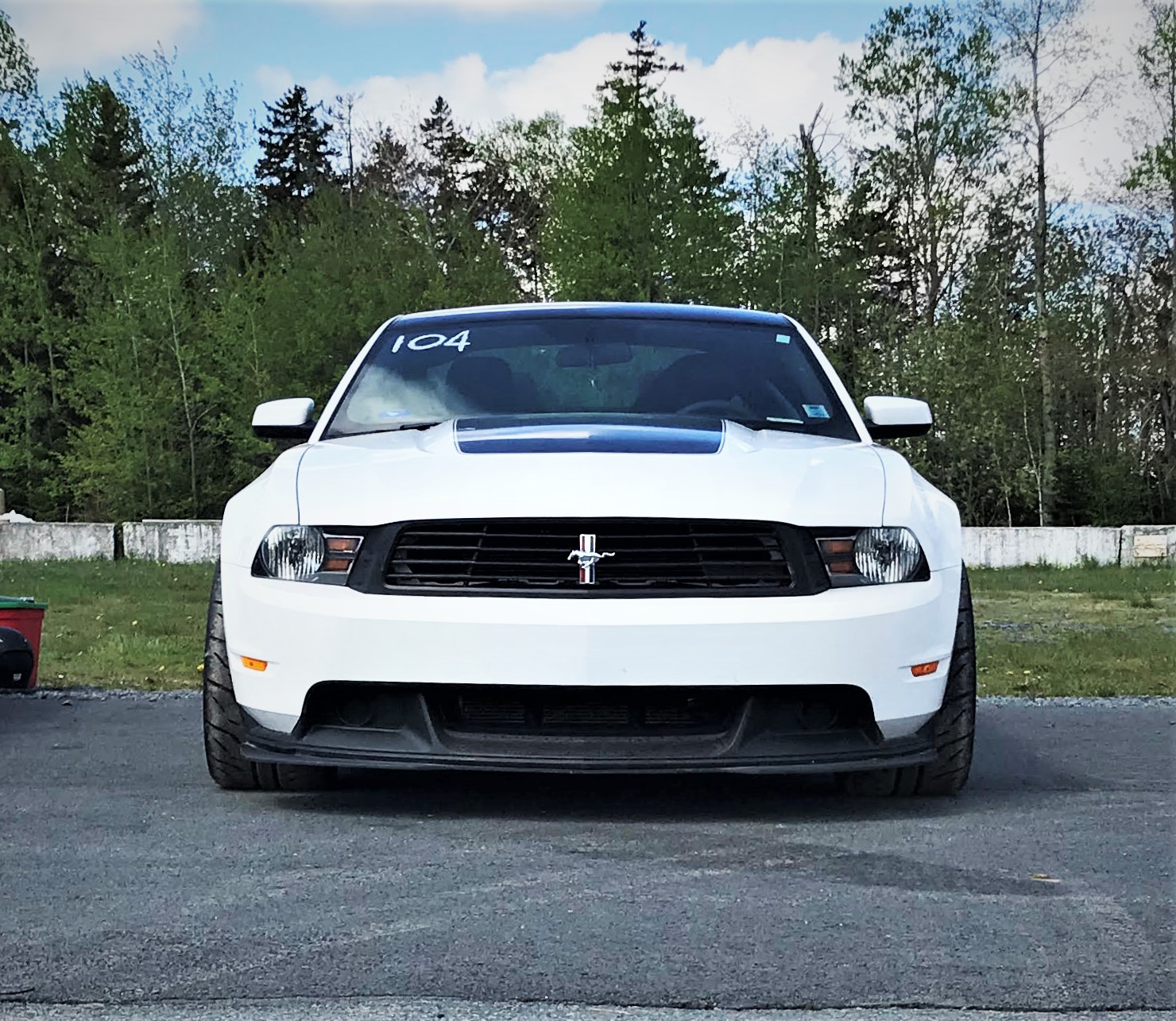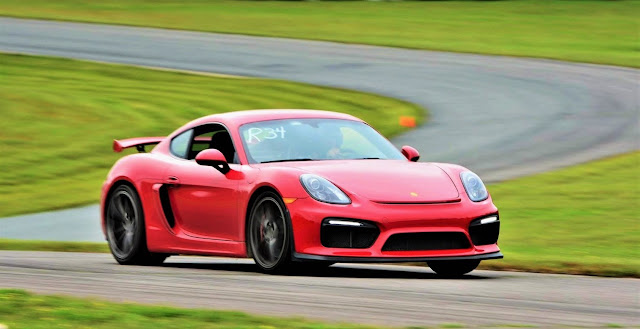The last iteration of the Shelby GT500 that debuted in 2012 as a 2013 model year had 663 hp and a claimed top speed of over 200 mph. While some publications tried and failed to replicate the top speed claim, you knew that somewhere under specific conditions, Ford probably was able to crack 200 mph. If you were expecting the new one with "over 700 hp" to also crack 200 mph (I was), you'd be wrong.
Ford is going to equip the new Shelby GT500 with a 180 mph governor, meaning the GT500 will be electronically limited with a top speed of 180 mph. That is, at least until someone fiddles with it like they do with BMW's and remove the 155 mph limiter. Thankfully, it appears that top speed has been sacrificed at the altar of track performance.
A More Balanced Pony Car
A Ford spokesman told me that "Ford Performance engineers and professional drivers have found the sweet spot to make the all-new Shelby GT500 as fast as possible at both road courses and the drag strip." The goal? To "deliver the fastest track times ever in a production Mustang along with improved driver control for greater confidence behind the wheel." Colour me (very) giddy.
Earlier today, Ford just revealed how amount of effort and dedication to making sure the car can deal with high speed on track and it is fantastic. As I have said in previous posts, one of the biggest enemies of speed is heat. Ford clearly knows that because its engineers went through 500 3D cooling and aerodynamic designs to find the optimal combination of design exterior elements that can deliver the target cooling and aerodynamic performance. Ford didn't just simulate spoilers, grilles, and vents, they even went as far as simulating the brake ducts.
By The Numbers
Ford says that the front brakes alone generate 100 kW of heat (341,300 Btu/hr or British Thermal Units/hour). At maximum power, the cooling system needs to be able to deal with 230 kW of heat (784,990 Btu/hr). The result is six heat exchangers and a front fascia that deliver 50% MORE airflow at top speed than the Shelby GT350. There are also new oil and transmission coolers. Downforce is also much higher.
Just about everything you see on the car is functional. The rear diffuser is Shelby specific and functional. The front splitter? Ford went through more than 10 wicker designs (actually built them using 3D printers) so they could be tested and perfected. There are 16 aero flaps around the radiator fan to direct airflow so that drag and front-end lift are better managed while increasing cooling airflow. All of those components (and others throughout the car) work with the rear wing taken from the GT4 racer to deliver 550 lb. (249 kg) of downforce at the 180 mph top speed.
No Track Pack? No Problem
Even if you don't opt for the Carbon Fibre Track Package, you still get 379 lb. (172 kg) at top speed. Considering that the vast, vast majority of road cars have lift, this is very impressive. In fact, the 650 hp C7 Corvette Z06 with the Z07 (track) package manages to deliver "only" 350 lb. of downforce at 150 mph.
Ford said that, despite all the testing and optimization, it was able to dramatically reduce the development time thanks to state of the art "digital and additive manufacturing prototyping tools". The result is being able to run more tests in less time and lower development costs that would be required to test all those systems and designs, according to Ford. Ford certainly seems to be invested in 3D printing and rapid prototyping if you have watched Ford's video about why it had to 3D print the manifold of Ken Block's 914 HP Gymkhana Hoonitruck.
Being a Mustang fan might make me a bit biased, but I think it's really cool to see that Ford is using the technology in mass produced cars as well (albeit, top halo versions) instead of only one-off builds. And Ford didn't just simulate and test prototype parts, of course. The normal regiment of track testing followed at various tracks across the US such as Virginia International Raceway (VIR), NOLA Motorsports Park and GingerMan Raceway.
Obviously, all manufacturers who are serious about building a proper track car go through similar efforts and tests, even if done with different goals or technology, but Ford had something to prove here IMO. The last GT500 was very much a boulevard cruiser. It handled well for what it was, but it was ultimately a tire-smoking, record-hp setting, bruiser of a pony car whereas this one? This one is a serious well-balanced performance car. Ford seems to have known this and it looks like they cut absolutely no corners. And the Track Pack-equipped GT500 is more than just well-balanced, it is (very) well-focused on track performance.
Unfortunately, Ford is still quiet on the horsepower figure, but it reiterated that the GT500 will be going on sale this summer so expect the official power specs to be revealed any time now. Also, expect this car to give no quarter.
Follow Ram's Eye The Track Guy on Facebook and Instagram!

















Comments
Post a Comment